Health Consciousness
The increasing awareness of health and wellness among consumers appears to be a primary driver for the Non Dairy Yoghurt Market. As individuals become more informed about the benefits of plant-based diets, the demand for non-dairy alternatives has surged. Research indicates that a significant portion of the population is actively seeking products that align with their health goals, such as lower cholesterol and lactose-free options. This trend is particularly pronounced among millennials and Gen Z consumers, who prioritize nutrition and sustainability. The Non Dairy Yoghurt Market is likely to benefit from this shift, as more individuals opt for non-dairy yoghurts that offer probiotic benefits without the drawbacks of traditional dairy. Consequently, brands that emphasize health benefits in their marketing strategies may find a competitive edge in this evolving landscape.
Sustainability Trends
Sustainability has emerged as a crucial factor influencing consumer choices, particularly in the Non Dairy Yoghurt Market. As environmental concerns grow, consumers are increasingly inclined to select products that are eco-friendly and ethically sourced. Non-dairy yoghurts, often made from ingredients like almond, coconut, or soy, typically have a lower carbon footprint compared to their dairy counterparts. This shift towards sustainable consumption is reflected in market data, which suggests that sales of plant-based products are on the rise, with non-dairy yoghurts experiencing substantial growth. Brands that adopt sustainable practices, such as using recyclable packaging and sourcing ingredients responsibly, are likely to resonate with environmentally conscious consumers. This trend not only supports the Non Dairy Yoghurt Market but also encourages innovation in product development and marketing.
Increased Availability
The expansion of retail channels is significantly impacting the Non Dairy Yoghurt Market. As more consumers seek convenient access to non-dairy products, retailers are responding by increasing the availability of these items in supermarkets, health food stores, and online platforms. This trend is supported by market data showing that e-commerce sales of non-dairy products have surged, providing consumers with greater options and convenience. The presence of non-dairy yoghurts in mainstream grocery stores is also helping to normalize these products, making them more accessible to a broader audience. Consequently, the increased availability of non-dairy yoghurts is likely to drive sales and encourage trial among consumers who may have previously been hesitant to explore plant-based alternatives.
Diverse Consumer Preferences
The Non Dairy Yoghurt Market is witnessing a diversification of consumer preferences, which is driving innovation and product development. As the market expands, consumers are seeking a variety of flavors, textures, and nutritional profiles. This demand for diversity is prompting manufacturers to experiment with unique ingredients and formulations, leading to an influx of innovative products. Market data indicates that flavored non-dairy yoghurts are gaining traction, with fruit-infused and dessert-inspired options becoming increasingly popular. Additionally, the rise of dietary restrictions, such as veganism and lactose intolerance, has further fueled the need for diverse offerings. Companies that can effectively cater to these varied preferences are likely to thrive in the competitive landscape of the Non Dairy Yoghurt Market.
Innovative Marketing Strategies
Innovative marketing strategies are playing a pivotal role in shaping the Non Dairy Yoghurt Market. As competition intensifies, brands are adopting creative approaches to engage consumers and differentiate their products. This includes leveraging social media platforms, influencer partnerships, and experiential marketing to create a strong brand presence. Market data suggests that brands that effectively communicate their unique selling propositions, such as health benefits or sustainability, are more likely to capture consumer interest. Additionally, storytelling and transparency in sourcing practices are becoming essential components of successful marketing campaigns. By employing these innovative strategies, companies can enhance brand loyalty and drive growth within the Non Dairy Yoghurt Market.


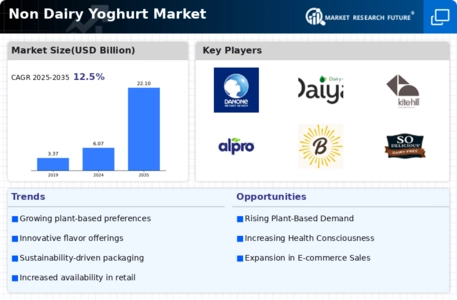


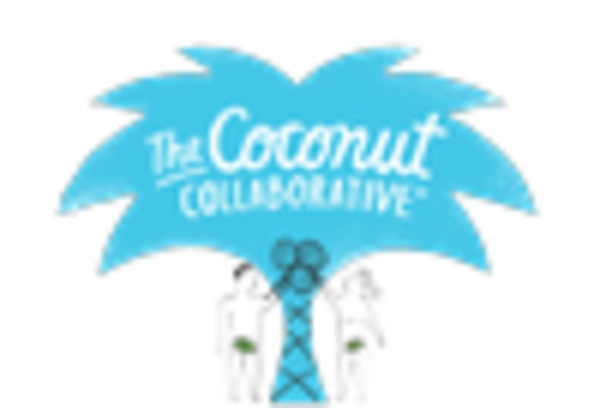
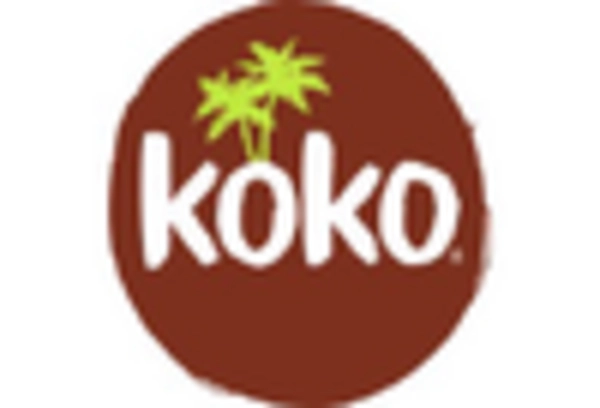
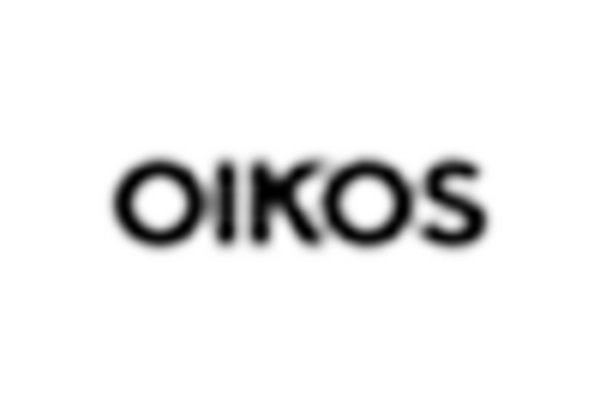

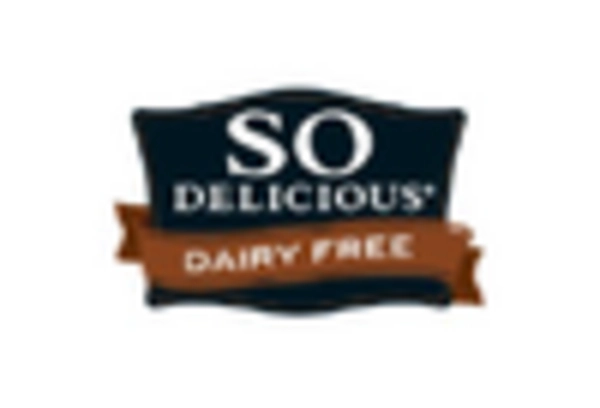








Leave a Comment